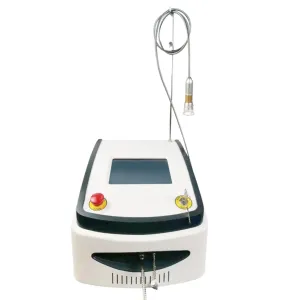How To Select The Best Veterinary Monitoring Equipment For Your Practice
Veterinary monitoring equipment is an essential part of any veterinary practice. This is because; it enables you to monitor the vital signs of your animal patients, thus ensuring that they are stable. Choosing the correct equipment can be overwhelming as there are different varieties for monitors. In this blog post, we will discuss the different types of veterinary monitoring equipment and the factors to consider when choosing the right equipment for your practice.
Types Of
Veterinary Monitoring Equipment
There are four
main types of veterinary monitoring equipment:
·
Multi-parameter monitors: These monitors
measure several vital signs including heart rate, respiratory rate, blood pressure
and oxygen saturation.
·
Single-parameter monitors: A single parameter
monitor only measures one vital sign such as heart rate or oxygen saturation.
·
Anesthetic monitors: These monitors help in
keeping track of patients that are under anesthesia. They usually have a pulse
oximeter, capnometer and EKG monitor among others.
·
Telemetry systems: These systems monitor
patients without using wires. They are used in situations where patients are
very ill or small to use the usual machines for monitoring.
Factors To
Consider When Choosing Veterinary Monitoring Equipment
When choosing
veterinary monitoring equipment, you need to consider the following factors:
· Your budget: Depending on what a person wants
to buy, such instruments may cost a few hundred dollars or several thousand
dollars. The best thing to do is to find the one that suits your wallet.
· Size of Your Practice: If your practice is
small, you may not utilize all the bells and whistles of a high-end monitor; a
basic multi-parameter monitor will be enough. The features that you need
include the following: alarms, data storage, and networking capabilities among
others. You should see what features are important to you and your practice.
· The ease of use: The monitor must be easy for
you and your employees to use. You do not want to waste a lot of time learning
how to operate the system.
· Warranty: In order that you can have a
peaceful mind knowing that your investment is protected, the company should
offer a warranty which covers parts as well as labor.
· Manufacturer’s reputation: When buying a
monitor, it is crucial to choose that from a reputable manufacturer who has
been known for producing quality products.
·
The types of patients you see: If you see a
lot of critically ill patients, you will need equipment that can track various
vital signs. On the other hand, if most patients are normally healthy, less
complex/advanced equipment may be good enough.
Additional Tips
Here are some more
tips on how to select veterinary monitoring equipment:
·
Reviews: Go through online reviews before
buying any monitor to see what other veterinaries say about it.
·
Talk to your colleagues: Get your colleague’s
opinion on veterinary monitoring equipment they would recommend
·
Demo: Many manufacturers have demos for their
equipment. This way you will know if the monitor suits you best.
·
Think of financial matters: If money is
tight, try financing your purchase. In this way you may pay off the equipment
over several months.
Conclusion





Comments
Post a Comment